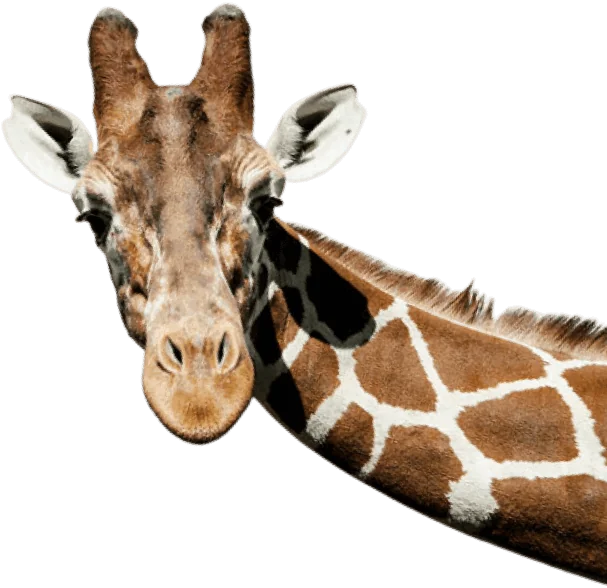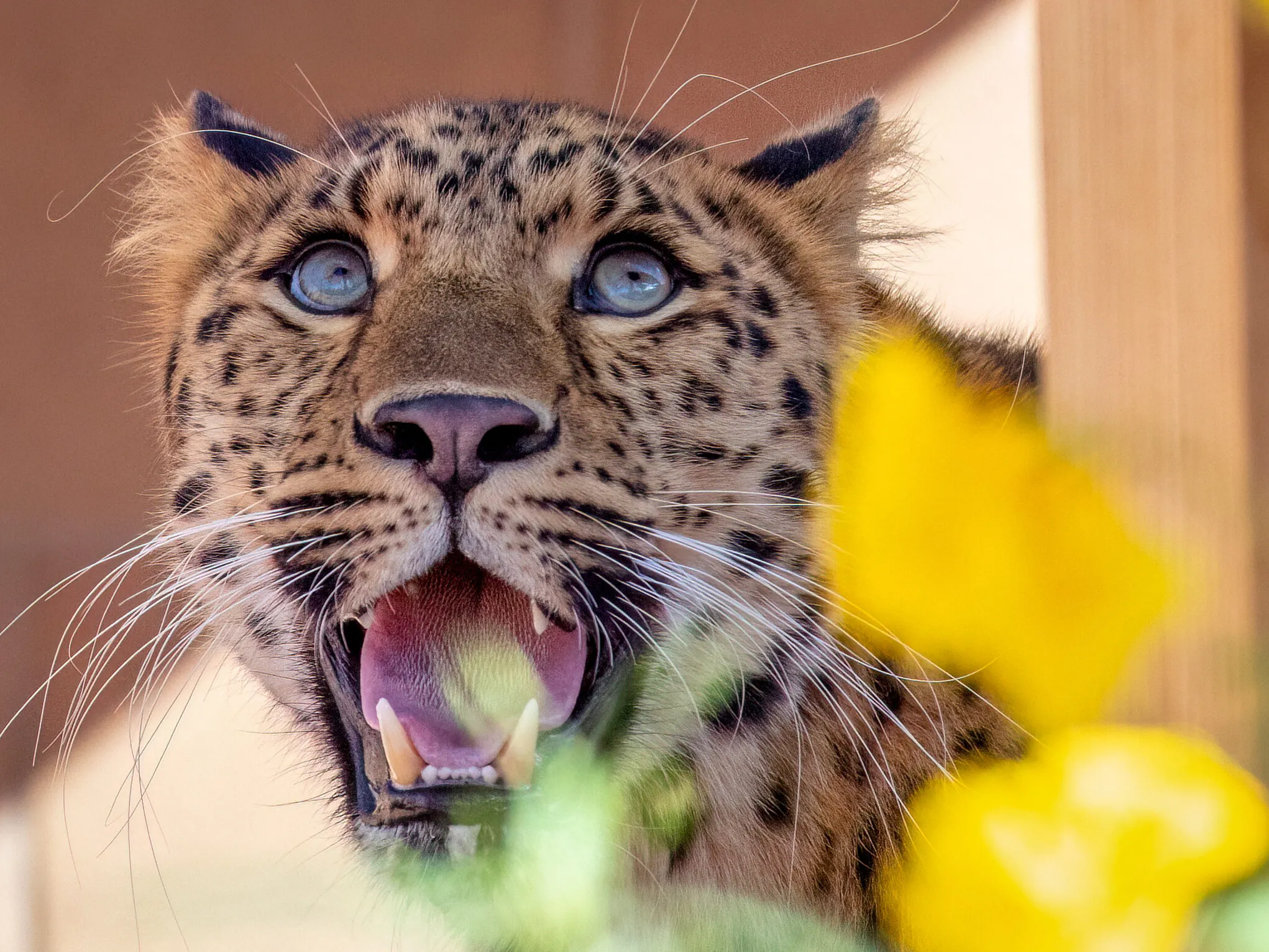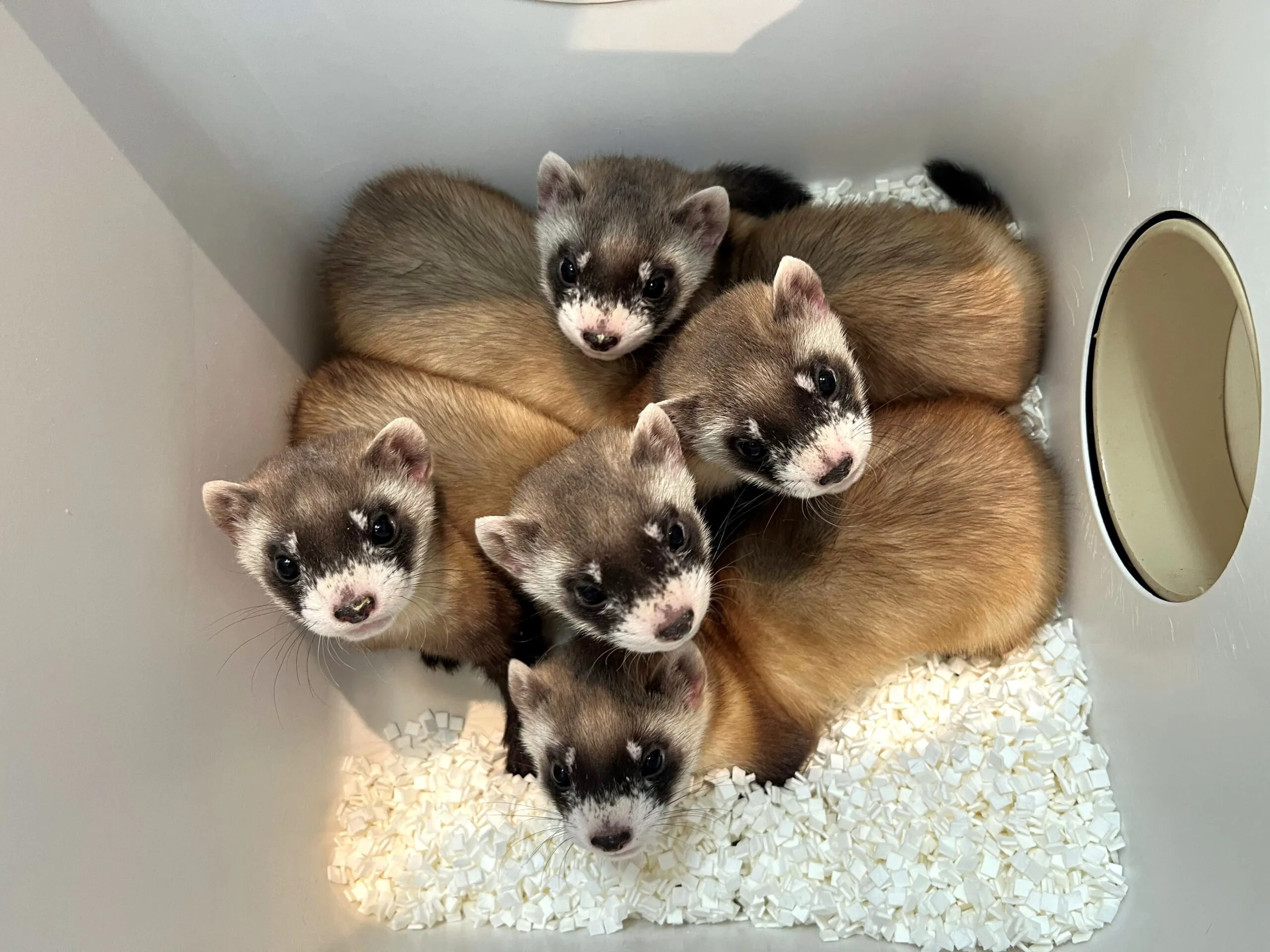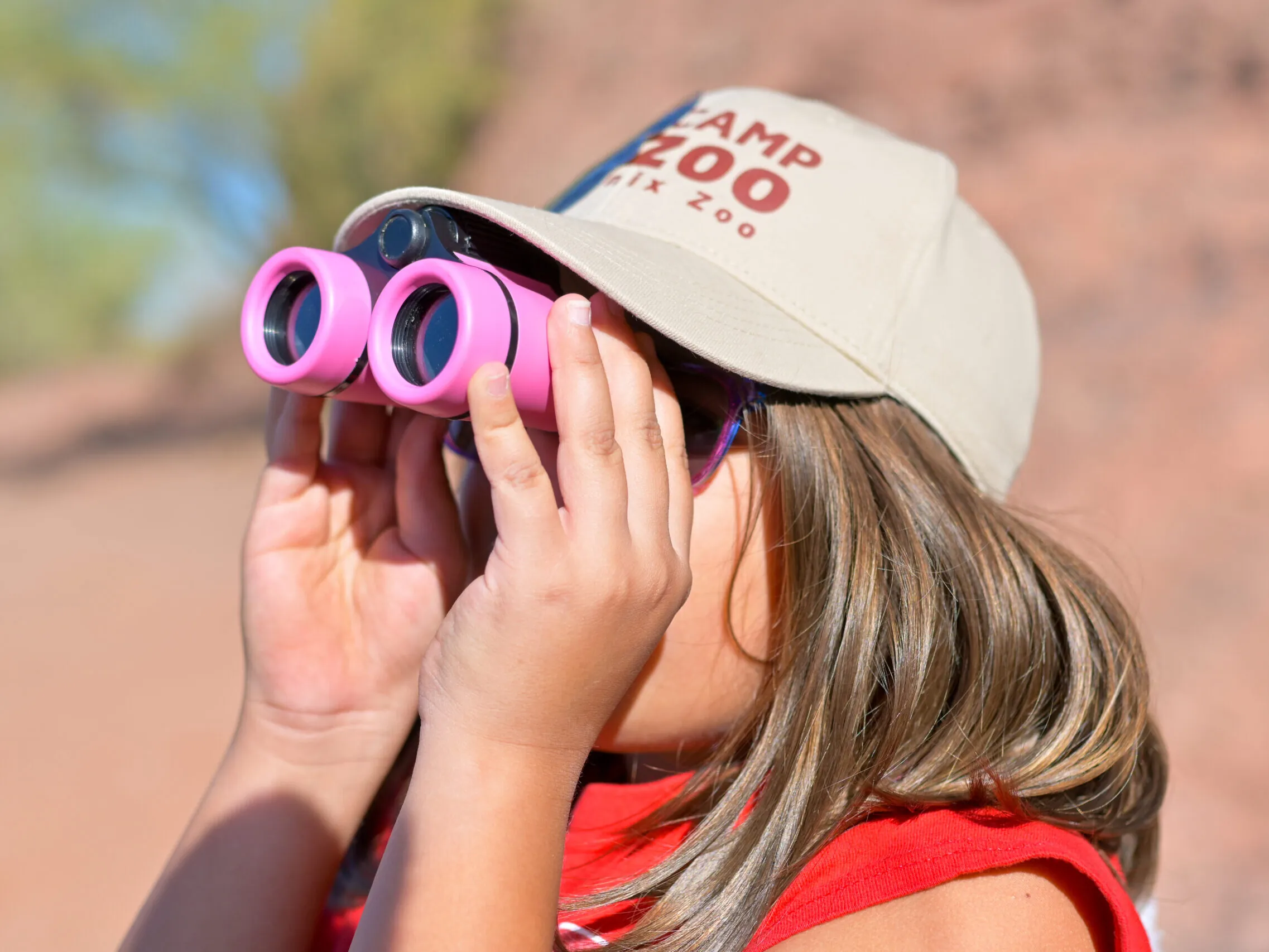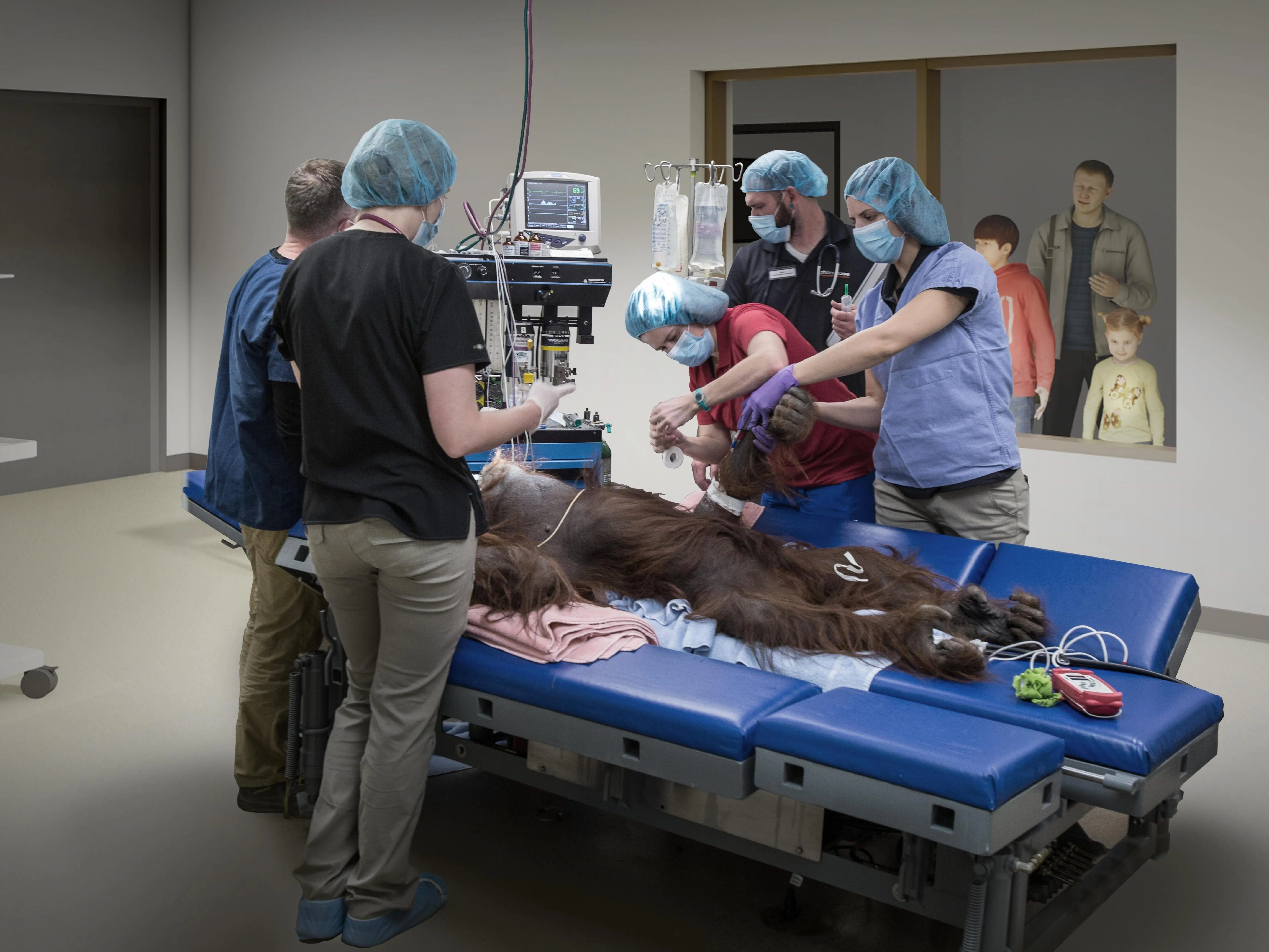Madagascar hissing cockroach
Gromphadorhina portentosa
Eek! or Neat Freak?
We humans often have an “eek!” reaction when confronted with wildlife we view as pests. While the thought of a cockroach loose in the home may drive some of us to tear apart our living rooms in search of the intruder, a little knowledge about the Madagascar hissing cockroach leads most guests to understanding and respect. These cockroaches, like the vast majority of cockroach species in the world, are not pests. Most cockroach species avoid human settlements and have important ecological roles as decomposers; therefore, contrary to their negative associations, in a way they actually clean things up!
From Tropics to Tinsel Town
You may have seen these attractive insects in dazzling roles on the silver screen. Their popularity as Hollywood stars stems from more than just their infectious charisma and devilish good looks. Due to their large size, relatively slow movement and fairly calm temperament, they are much easier to handle and film than many other cockroach species. This makes Madagascar hissing cockroaches great animal actors and ambassadors. You can find them in classic films and TV shows like Men in Black, Bug and ALF.
Celebrated Hissers
Can you guess how the Madagascar hissing cockroach gets its name? Even if you’re unfamiliar with this species, I bet you’ve already figured out that they are prolific hissers. These cockroaches have a special adaptation that allows them to emit an audible hissing noise when threatened. It’s also used to communicate with potential mates. Most insects make noise by rubbing body parts together or utilizing a vibrating membrane, but this species does so by forcing air through breathing holes along its abdomen. That might sound strange, but if you think about it, that’s almost the same way that we make a hissing noise!

Diet: decaying vegetation
Zoo Diet: starch, veggies, fruits, romaine
Habitat: rainforests
Size: 2 – 3 in

Plan your visit today!
The Phoenix Zoo is one of the largest non-profit zoos in the U.S., caring for over 3,000 animals, with nearly 400 species represented, including many threatened/endangered species.
